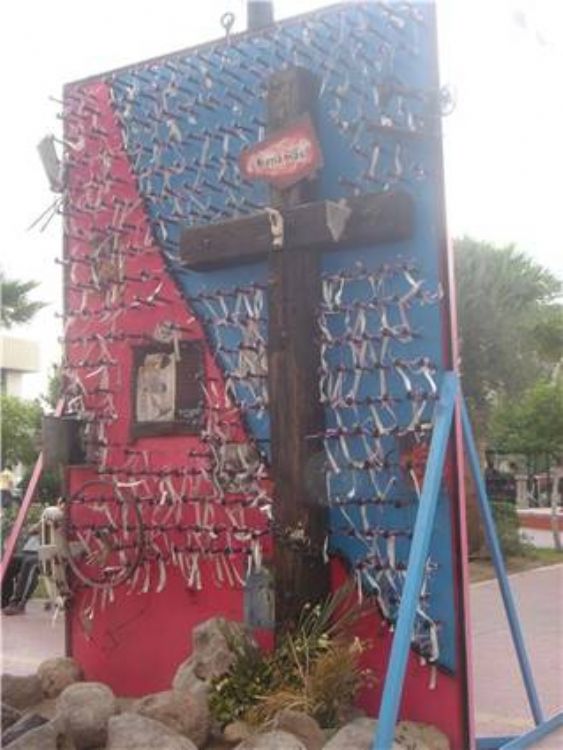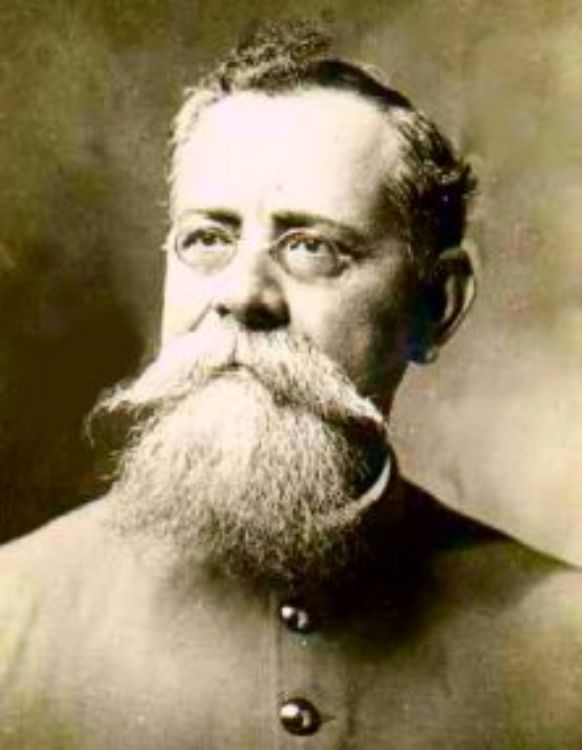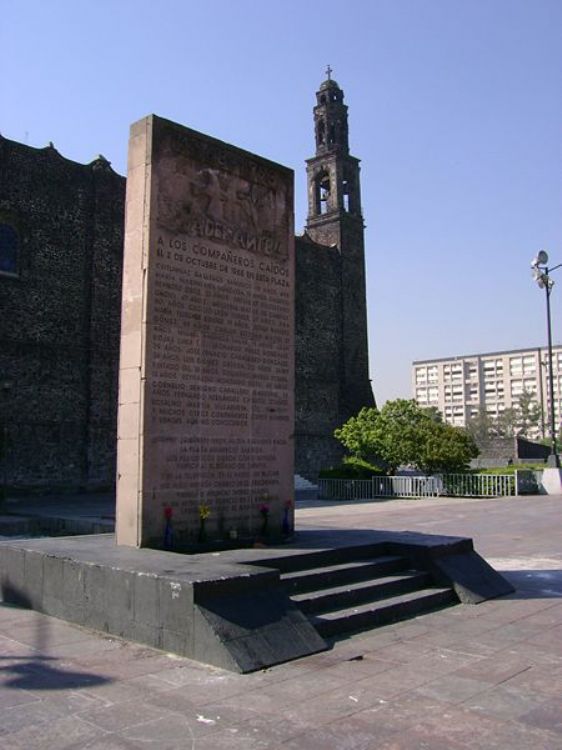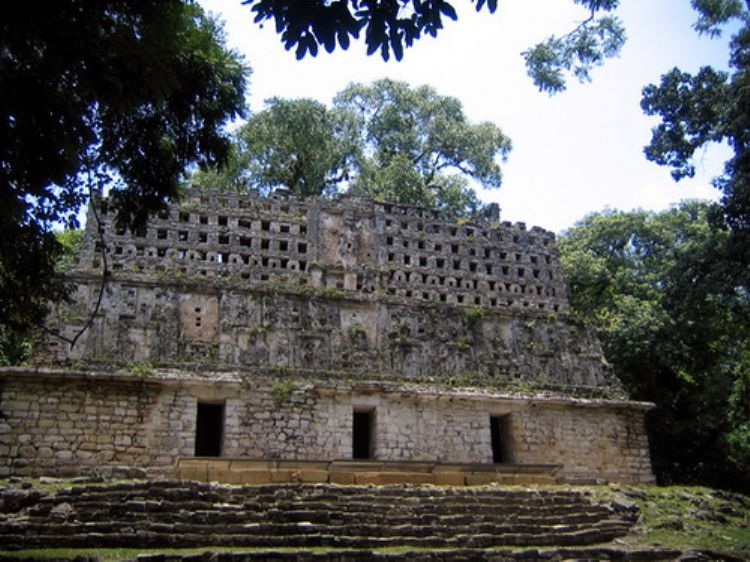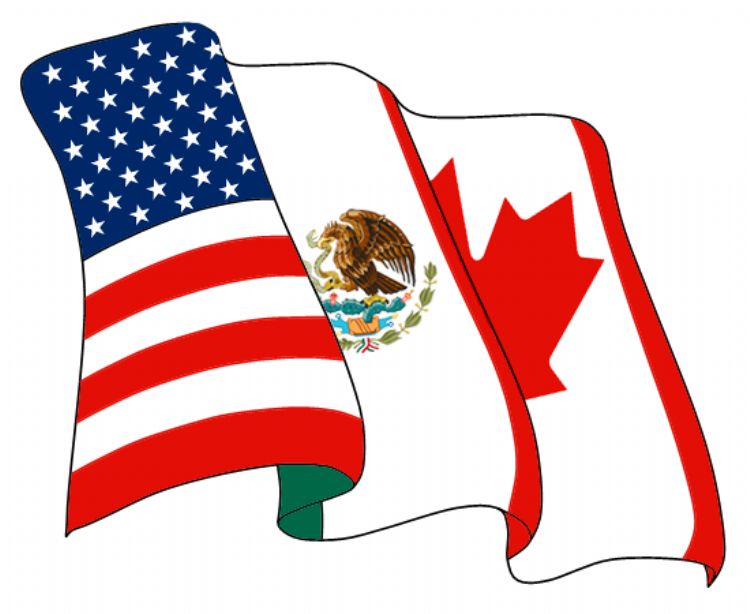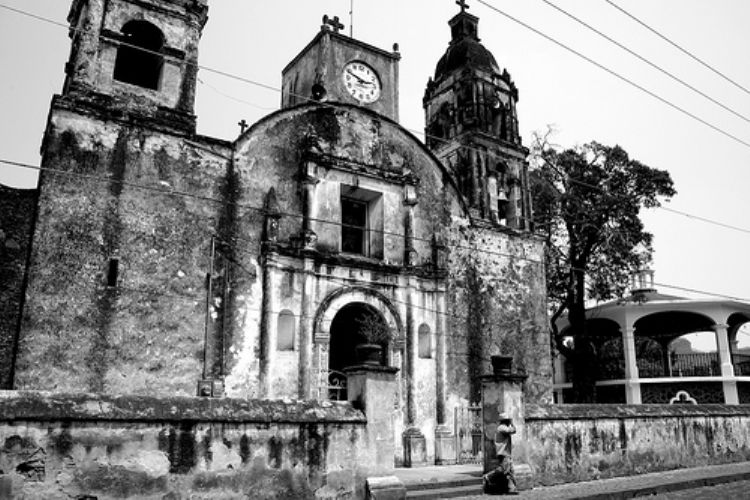The Monolith âEstela de Luzâ in Mexico
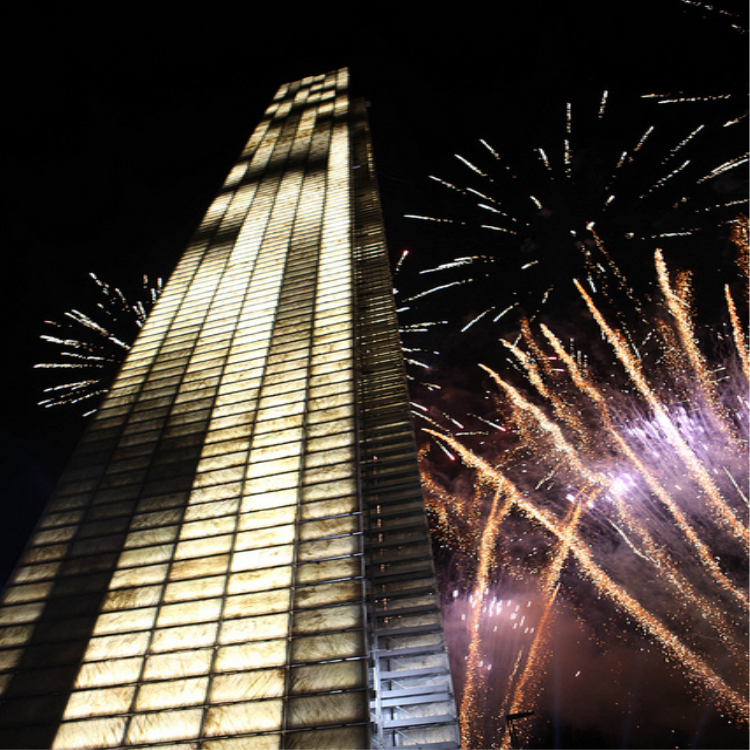
The âEstela de Luzâ (Stele of Light) Monolith is a monument created to commemorate the Bicentennial of the Independence of Mexico. This monument has been established as a symbol of the greatness of the country according to the Federal Government. The âEstela de Luzâ is both a marvel of the Mexican architecture, and a high expense questioned by many in Mexico.
Its creation was submitted to a closed call announced in January 2009, which stated that the date of commencement of construction had to be in June of that year. The winning project belonged to the architect Cesar Perez Becerril, while the trust funds for construction would be through the Banejército Bank. The contractor was âIII Servicios, S.A. de C.V.â a parastatal enterprise.
It was not until the beginning of the construction that a change in the original contract was needed, since according to new calculations, the original foundations that arose with a depth of 30 meters, had to be redesigned to 50 meters. This began the modification from the original cost of the work that had been originally set at 393 million pesos. As time went by, several challenges and situations that the original design had not contemplated appeared, so the cost started increasing.
The original blueprints of the âEstela de Luzâ comprised two plates representing the two centuries that make up the Bicentennial. Its final height would be 104 meters from the plaza level, 9 meters wide at its base, and a weight of 800 tons. On the latter they also had to make changes to strengthen the building, since it showed to have inadequate resistance to winds or earthquakes, which are characteristic of the region. The weight of the monument rose from 800 tons to over 1600! This delayed the project very significantly, reason why the original delivery date â September 2010 â became unreachable.
Following the conclusion of new contracts, the demolition of already made areas, and the modifications, the âEstela de Luzâ of the Bicentennial was inaugurated in January 8th, 2012 by the President of Mexico, Mr. Felipe Calderón, who suggested it became an emblem for the people of Mexico. During the beautiful ceremony that lasted around 30 minutes, the people attending could enjoy fireworks, opera singing, music, dancing, and of course the lighting of the âEstelaâ. The lighting system consists of 1,704 translucent quartz plates, which are switched individually by computer. The projection is harmonized with music, which makes a wonderful effect in the show!
However, it was the day after the inauguration when the people began to question the federal government with marches, protests and claims in the media about the final cost of the work: $1'035,880,000.00 Mexican pesos into which it was added the 3 million 850 thousand pesos for the inauguration (and the million spent on the ceremony of the First Placed Stone). Subsequently, a study made by the Mexican College of Engineering was published, which ruled that a WELL PLANNED stele could have been done with 500 million pesos, in other words, by less than half the actual cost. All this in a country where poverty levels are reaching over 40% of the population!
Leaving aside questions of economics, the Stele has also been criticized by other causes such as the environmental ones. Greenpeace strongly criticized the fact that there is a waste of more than 43,000 kilowatts every time the stele turns on, which is the equivalent to releasing 35 tons of carbon dioxide per day to the environment. This is opposed to the government's campaign of "letâs save electricity" that reaches such an extent that the government has been giving out energy-saving bulbs.
Finally, artistically the âEstelaâ and its designer have been stereotyped as being unoriginal, since similar monuments exist in countries like Germany and England. At the same time, lighting-art specialists also believe that it offers a very flat appearance. To this is added the fact that many see it in a diminishing way since most of the time it remains lit in a yellowish color, which has earned it the nickname "The Suavicrema" which is a soft, long and flat yellow Mexican cookie.
In conclusion, in the opinion of many, the âEstela de Luzâ is a luxury that Mexicans deserve, while others see it as a symbol of waste and corruption, and although it has been the object of audits and scandals, the truth is that few can pass by without noticing its colorful and magnificent presence!
Photo: Gobierno Federal
Photo: Vladimix

